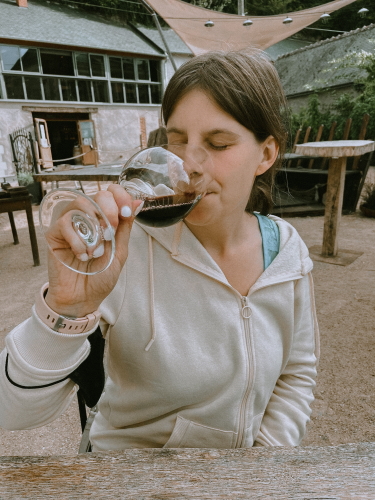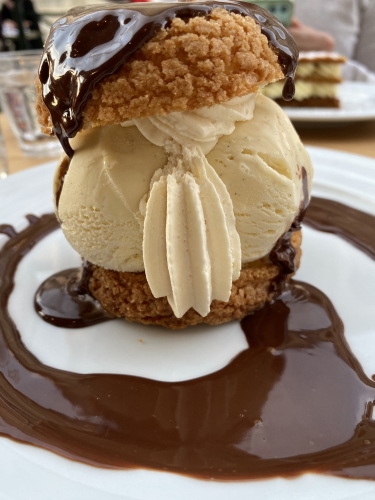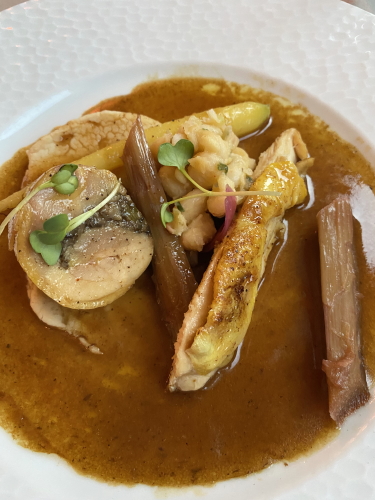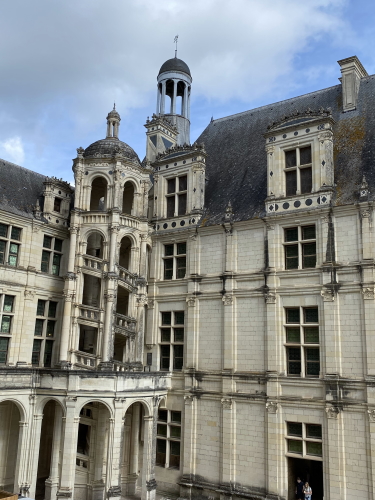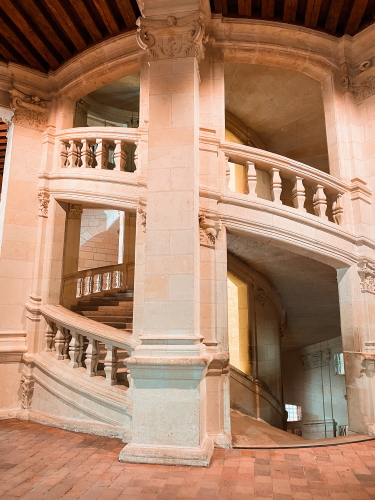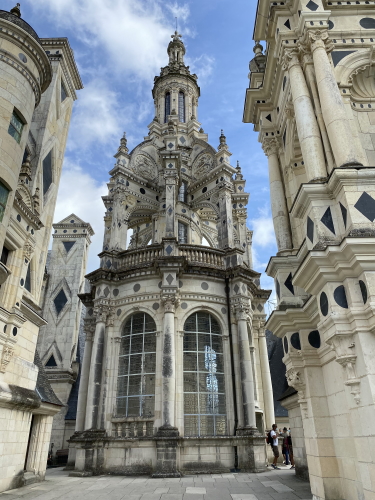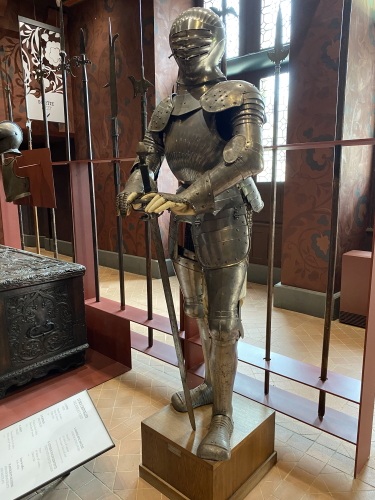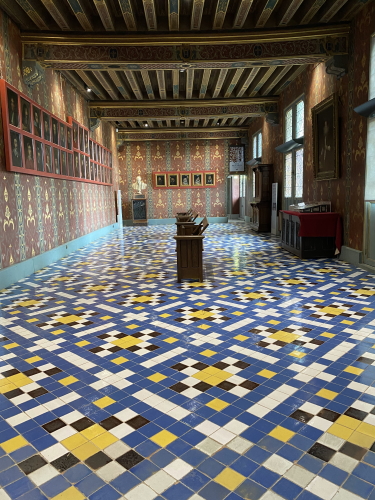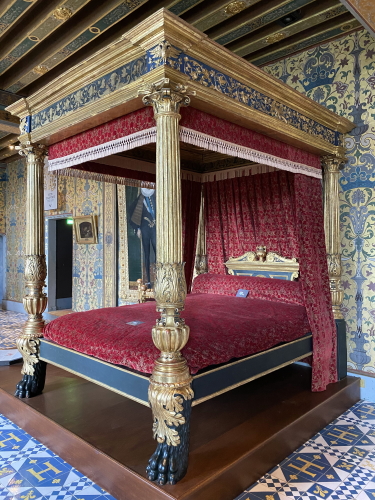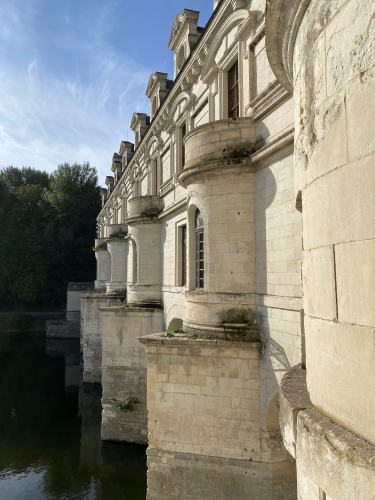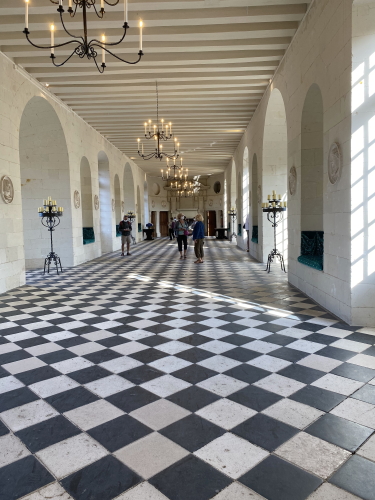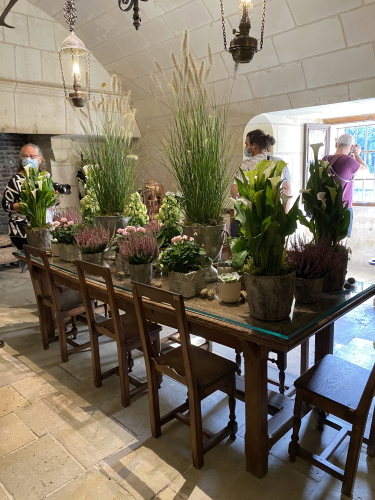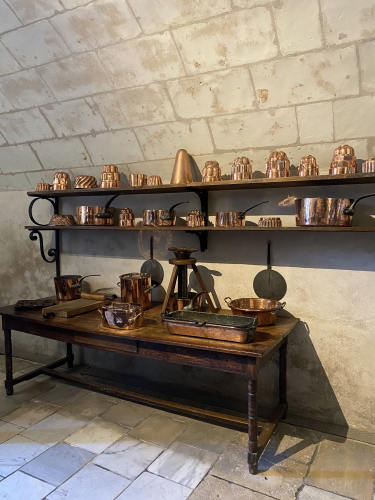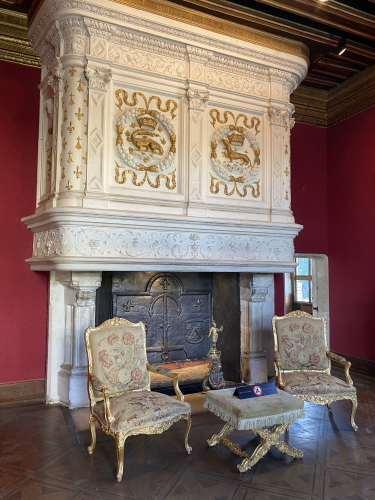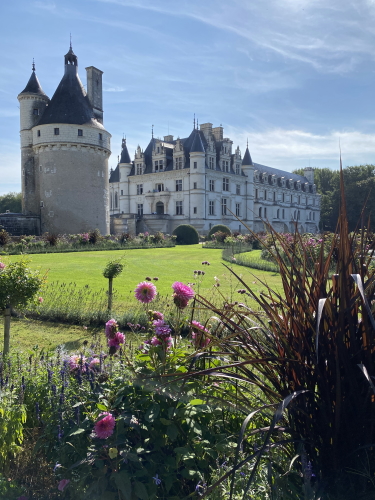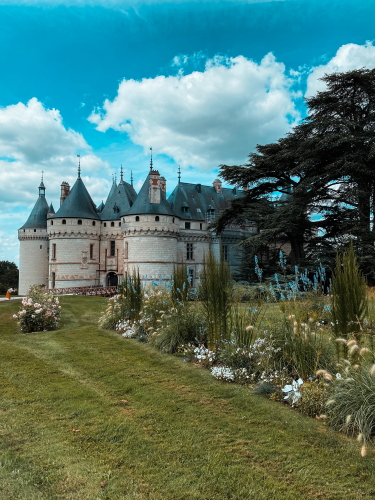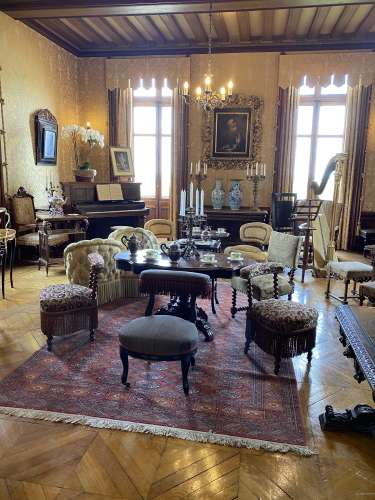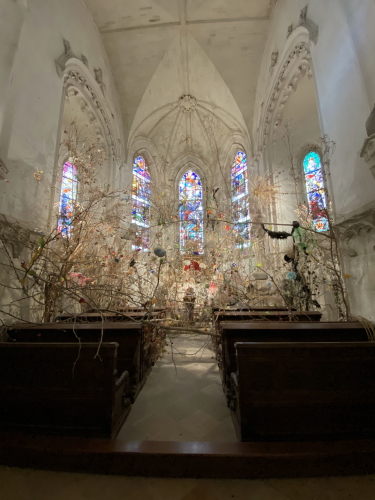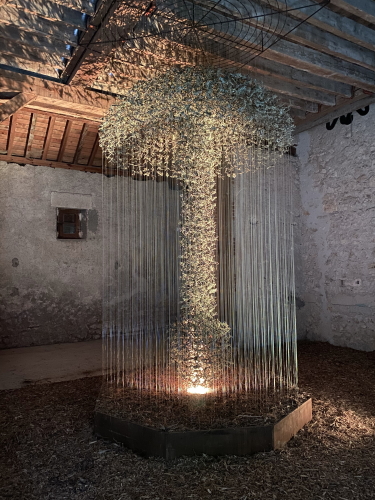Ultimate guide to the Loire Valley Castles
A visit to the castles in the Loire had been on my list for a long time and 2021 was the perfect year for that (read: don’t feel like traveling by plane).
But let’s talk about the Loire region. The Loire Valley (Val de Loire in French) is a 280km long valley located in the middle of the Loire River in central France. It is also called the ‘garden of France’ due to a large number of vineyards and fruit trees. In 2000, the central part of the Loire Valley became a UNESCO World Heritage Site.
The Loire Valley is actually mainly known as a wine region and includes different regions: from the Muscadet region on the Atlantic coast to Sancerre and Pouilly-Fumé south-east of the city of Orléans. Due to the colder climate, the wines have a lower alcohol content and fresher acidity compared to wines from warmer climates. Red, white, rosé, and sparkling wines are produced, often in a “natural” way; so without the use of pesticides and fertilizers.
There are also a number of historic cities in the Loire region, such as Amboise, Orléans, and Tours.
Practical
The Loire region is perfect to visit by car or camper/caravan. Amboise, for example, is a 7-hour drive from Antwerp. On this website, you can also find an overview of the most beautiful campsites in the Loire region
We booked a hotel in Amboise, namely Gîte Nilou, to explore the Loire region. You can park your car in Amboise for free at Parking Coeur de Ville, within walking distance of the center of Amboise.
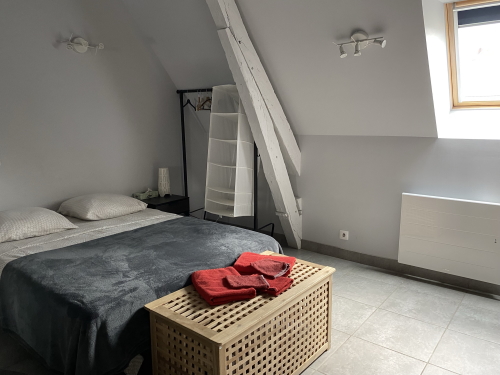
We also bought a castle pass (Pass Chateaux) at the castle of Chambord. You can choose different combinations of castles, so you can enter everywhere immediately. Check the pages of the different castles to see if you don’t have to book a time slot in advance. This was the case for us for Chateau de Chenonceau.
Best period
The ideal period to visit the Loire region is from June to October. Keep in mind that it can not only be very hot in the summer but that there are also the most tourists. We visited the Loire region in September: perfect temperatures (with the occasional shower) and not too many tourists.
Food and drinks in Amboise
Restaurant recommendations in Amboise are: L’épicerie, Chez Bruno and Le Lion d’Or. We also booked a wine tasting at Caves Ambacia. This is also the ideal place to enjoy a glass of wine before dinner.
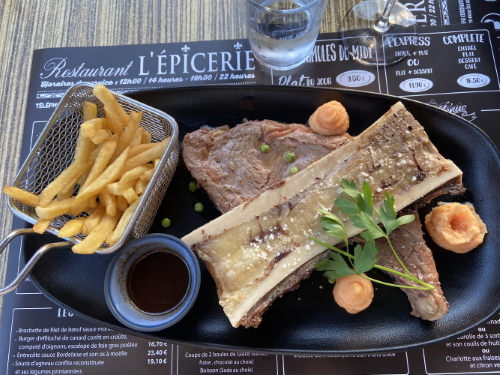
Castles in the Loire
The area along the Loire was very popular with the nobility as a hunting ground in the 15th century. Beautiful castles have been built (there are more than 300): from fortified castles to beautiful residences. They are monuments that represent the ideals of the Renaissance and the Enlightenment. The area between Chalonnes-sur-Loire and Sully-sur-Loire has been declared a World Heritage Site by Unesco due to a large number of castles.
We visited 5 castles in the Loire region: Chambord, Cheverny, Blois, Chenonceau and Chaumont.
Château de Chambord
The Château de Chambord is the largest Renaissance-style castle in the Loire region and was built in the 16th century. It was built to a design by Domenico da Cortona, with many towers and windows that stand out in particular. Inside, the staircase is the eye-catcher: a double (helix) spiral staircase in the middle of the castle that connects the keep with the floors.
In the castle, you can admire various paintings and tapestries. There are also occasional exhibitions of modern art.
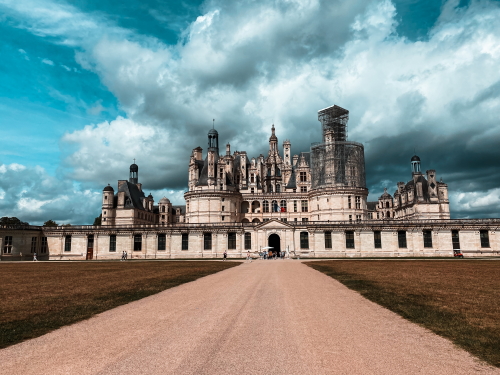
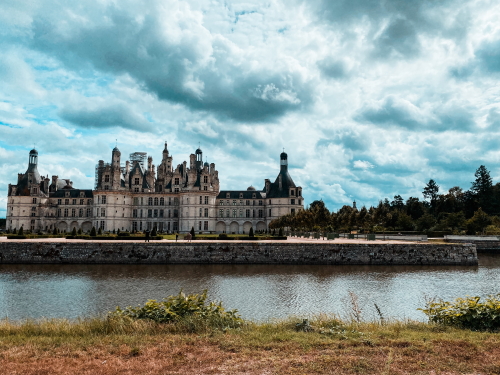
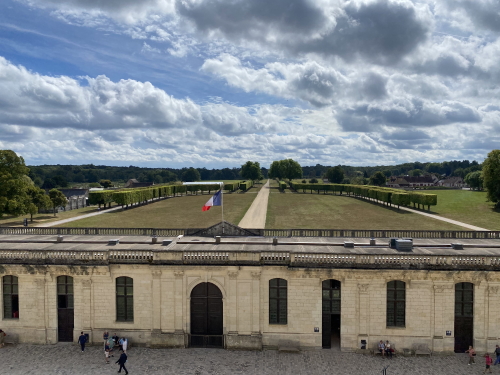
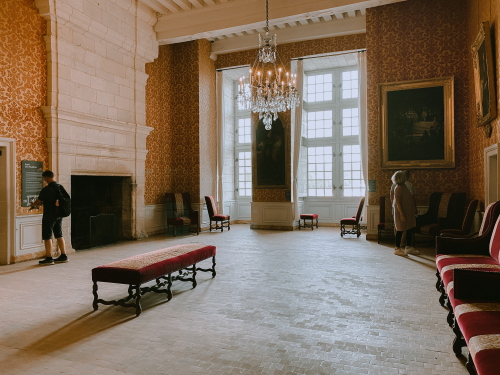
Château de Cheverny
Marquis Philippe Hurault de Vibraye of Château de Cheverny was one of the first owners to open his house to the public while continuing to live there. Tintin fans will recognize this castle: Cheverny castle served as a model for Molensloot castle. That is why there is also an exhibition about Tintin on the castle grounds.
Around the castle, there is also a beautiful garden in English style where you can enjoy a walk. You also come here to the kennel with about 50 hunting dogs.
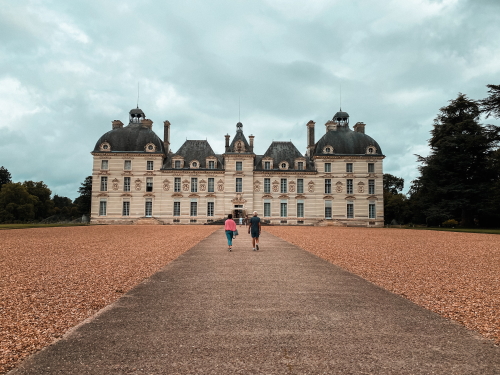
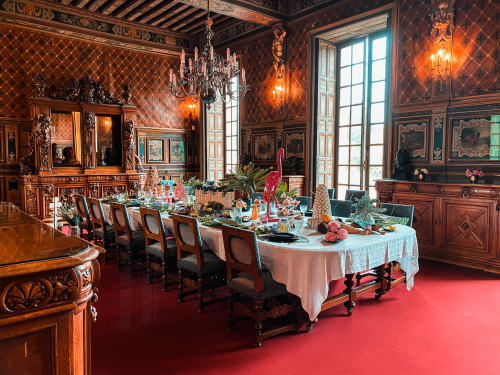

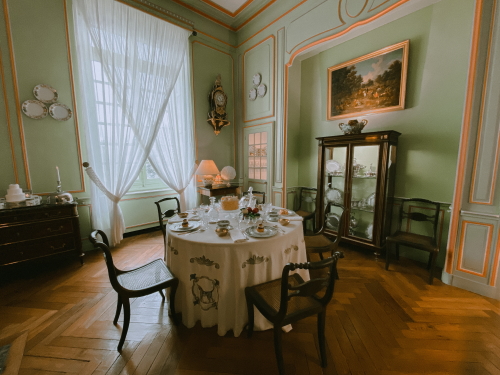

Château de Blois
The castle of Blois, as the name suggests, is located in the city of Blois. Originally, this castle was a 13th-century fortress of the Counts of Blois. The only thing that can still be seen of this is the hall of the meeting of the States-General. At the end of the 15th century, a new castle was built in Italian Renaissance style by order of King Louis XII. At the beginning of the 16th century, another wing in French Renaissance style was added by King Francis I: an open spiral staircase and the ‘facade with the lodges’. Due to these various additions over the years, the castle of Blois mainly consists of 3 wings that are a mixture of Gothic, Classical, and Renaissance styles.
Inside you can enjoy beautiful works of art, but also furniture from the different periods. The walls and floors in some rooms have also been well preserved.
Lunch tip: La Grolle in Blois: tasty local specialties in a cozy restaurant.
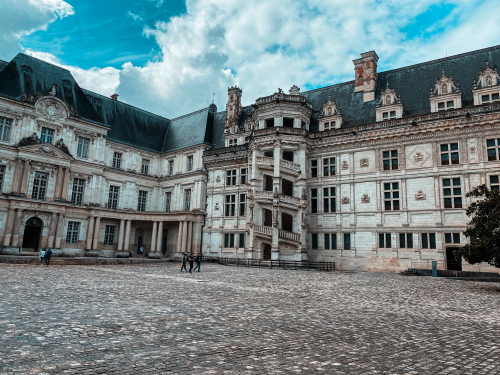
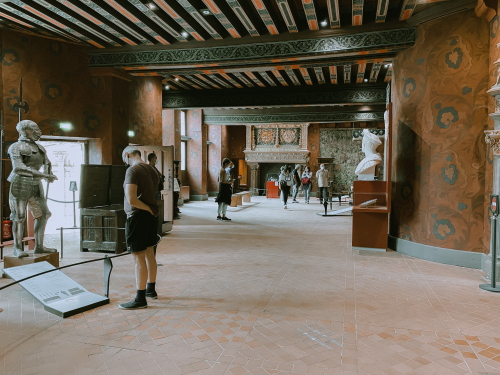
Château de Chenonceau
If you would ask the French, they think the Château de Chenonceau is one of the most beautiful castles in the Loire region. The 16th-century castle in Renaissance style is the dream castle of Thomas Bohier and Katherine Briçonette that was built on the foundations of the castle of the Marques family. Of the latter, only the Marques tower can still be admired at the front. The castle has welcomed many famous French people over the years: Rousseau, Voltaire, Montesquieu, and even the Sun King.
It is a very special castle as it is partly built over the river. It was also one of my personal favorites.
The current gardens and the bridge over the river Cher are designed by Diane de Poitiers. Inside, the kitchens and bedrooms are especially worth seeing. And everywhere you can admire beautiful flower arrangements, the flowers of which come from their own flower garden.
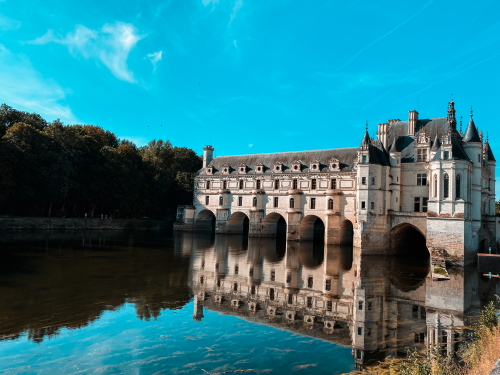
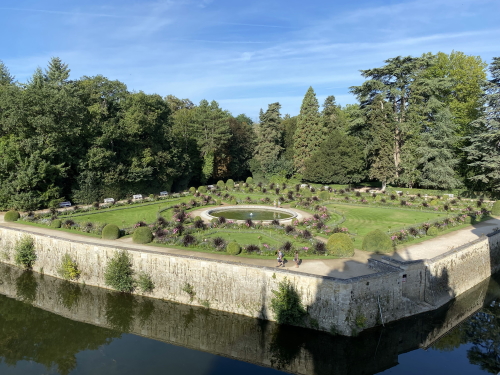
Château de Chaumont
Château de Chaumont is located between Blois and Amboise in the town of Chaumont sur Loire. This Renaissance-style castle is best known for its eccentric 19th-century castle gardens. You can often admire art exhibitions and there is also a large international garden festival.
This castle belonged first to Catherine de’ Medici and then to her love rival Diane de Poitiers. Yes, the same Diane de Poitiers from the Château de Chenonceau. She was obliged by Catherine to leave Château de Chenonceau and move to Chaumont.
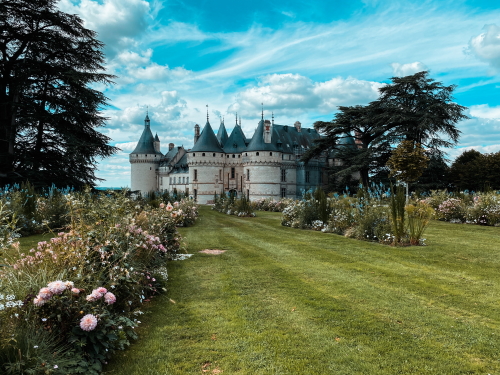
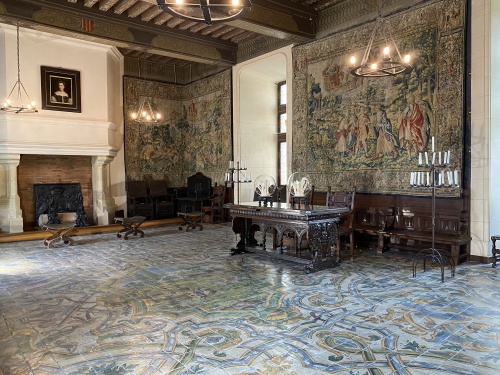
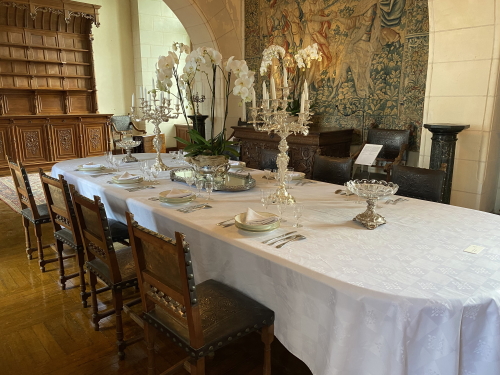
Tip for tasty pancakes (sweet and salty): Au Petit Troglo within walking distance of the castle. Perfect for lunch!

Have you already been to the Loire region?
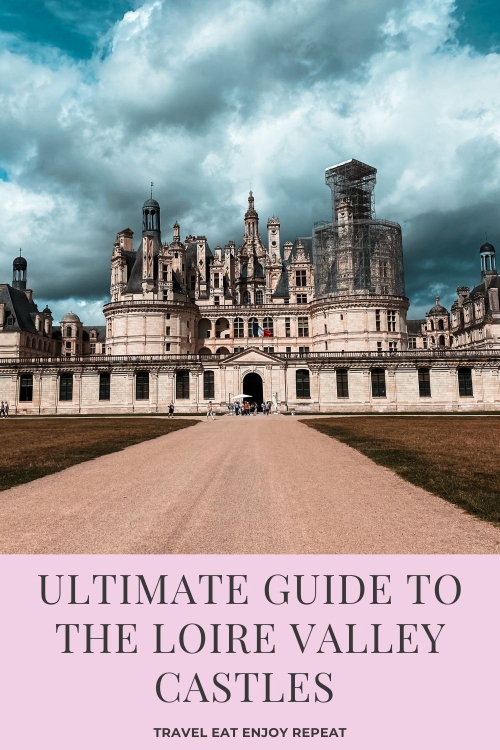
Some of these links are affiliate links. If you buy something through these links, Travel Eat Enjoy Repeat will earn a small commission. This will cost you nothing extra.
